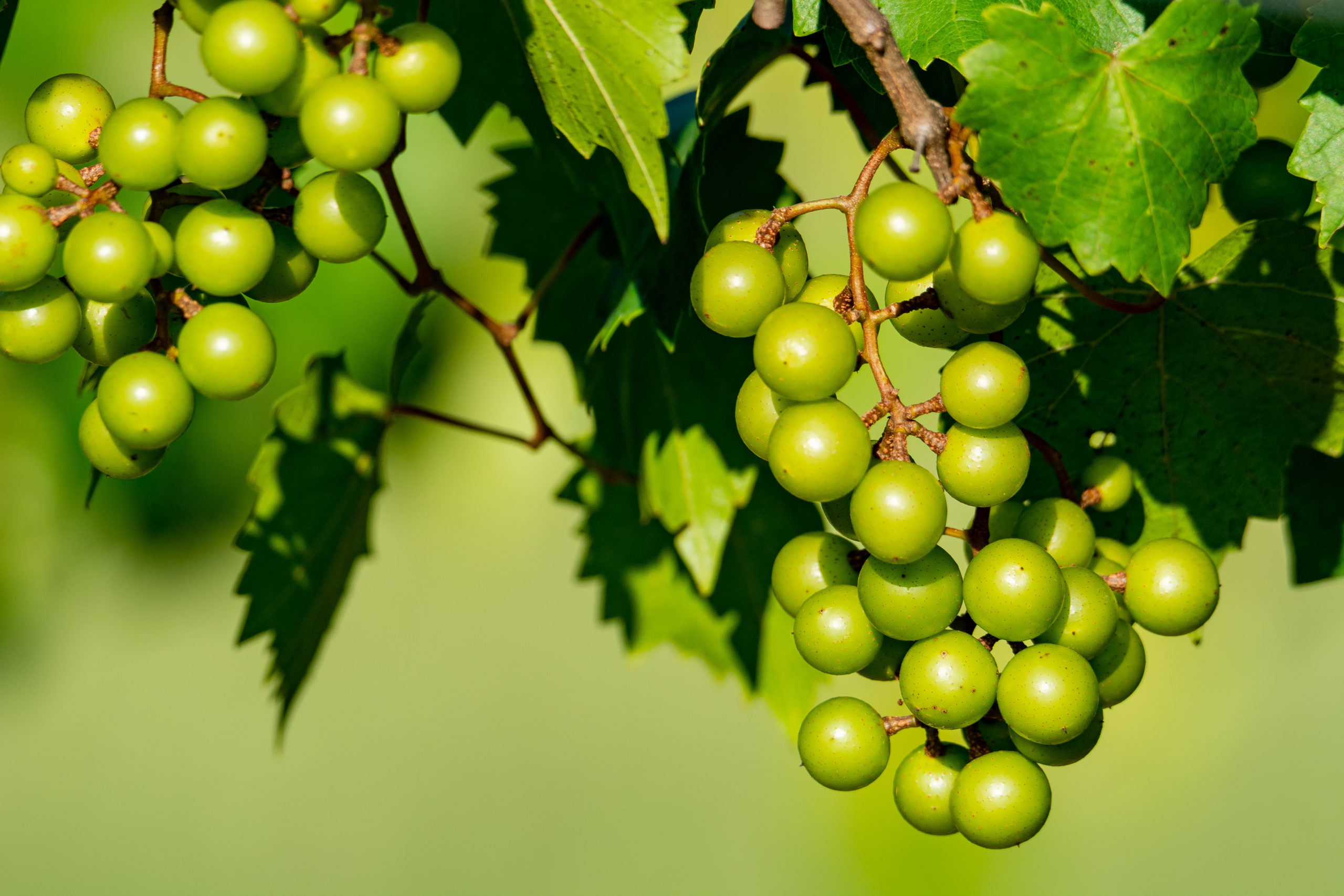Amidst a busy month of state wine celebrations this month, is North Carolina Wine Month.
Sticking with our theme for this year, we look at one of the lesser-known plantings in the state that helps define its regional identity: the Scuppernong grape.
Did you know that the oldest cultivated vine in the US that still produces usable fruit is an almost 500-year-old Scuppernong vine in North Carolina? True story. As well, it’s believed that all Scuppernong vines owe their parentage directly to that specific vine, now over 120ft. in length and residing on Roanoke Island.
Aside from that fascinating fact, Scuppernong’s namesake comes from the Scuppernong River in North Carolina (a word from the Algonquian tribe). The state has a very rich history with this white wine grape, as it’s native to, and very well acclimated to the North Carolina climate.
Scuppernong is also a specific namesake of a strain of the Muscadine grape from the Vitis rotundifolia family of grapes, native to North America, known for its thick skin and disease resistance. This is due to its ability to resist molds, and high, natural levels of resveratrol, an antimicrobial agent.
Known for their distinctive, wild, musky flavor, Scuppernong is a definitive regional preference that can stir specific memories for folks who grew up in the region and experienced the flavor again later in life. It has a way of making an indelible impression, like many other grape varieties. Best served with: shellfish or ocean invertebrates.
If you’re interested in trying some, you can find Scuppernong in dry all the way to sweet stylings, so pick your preference and enjoy celebrating North Carolina Wine month with us!

